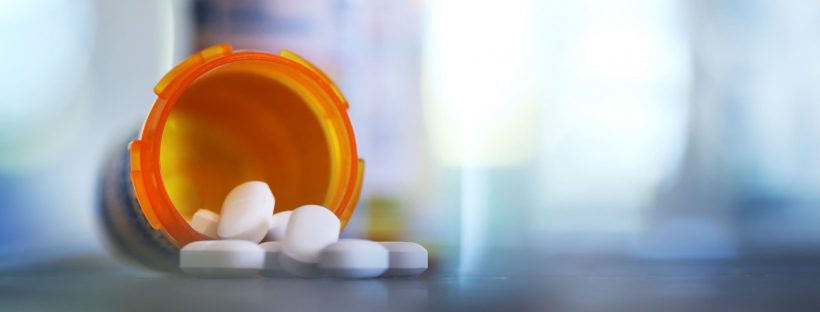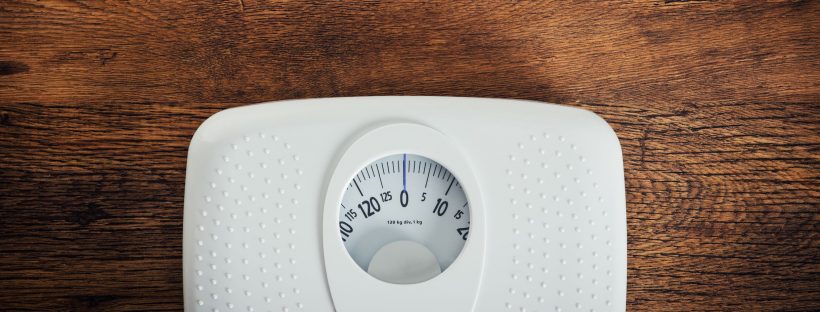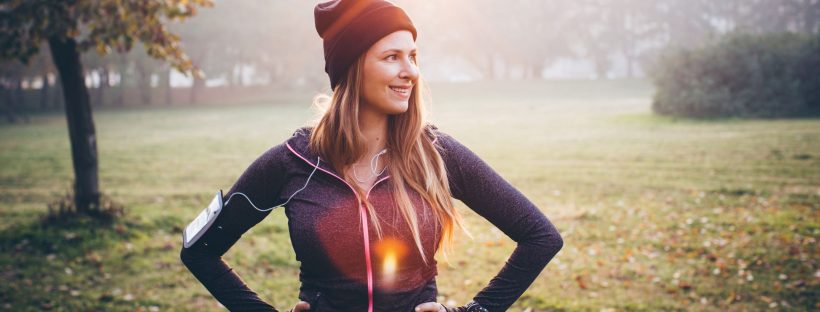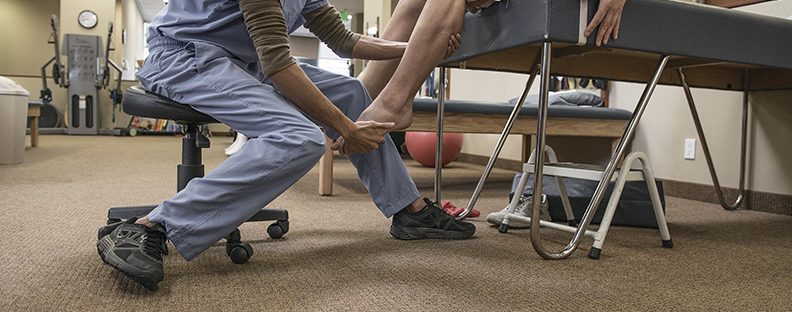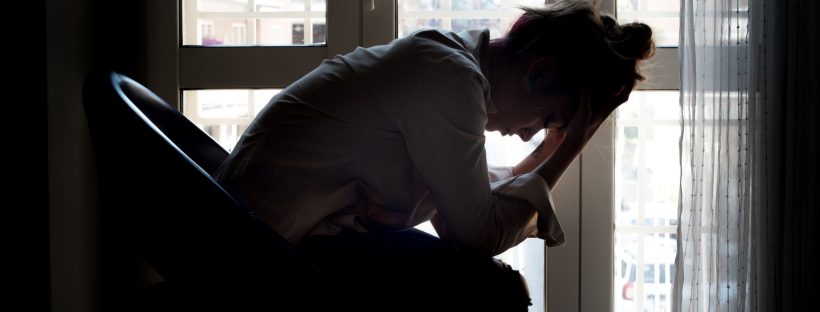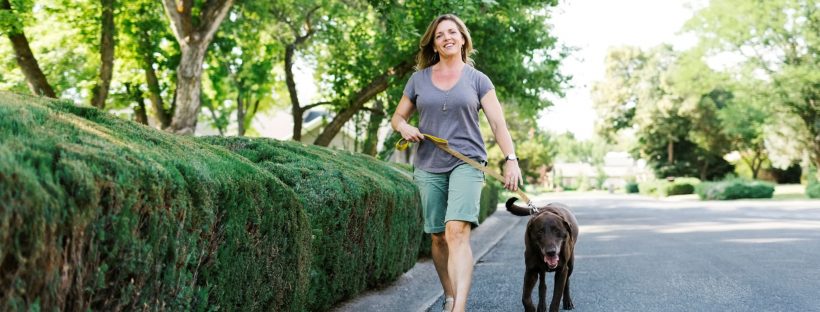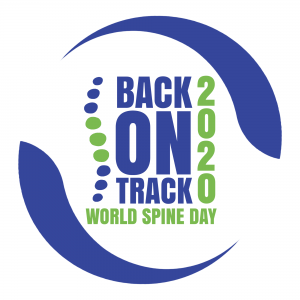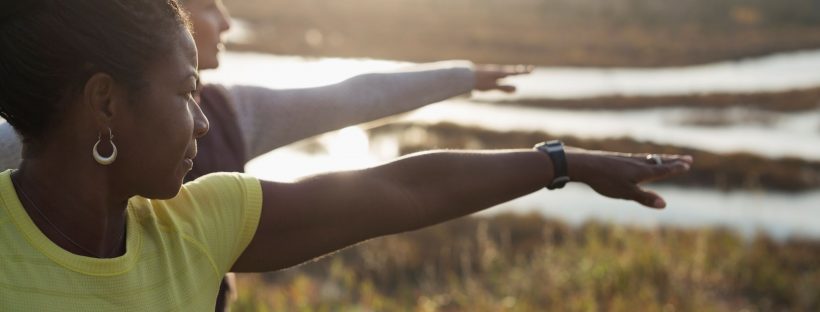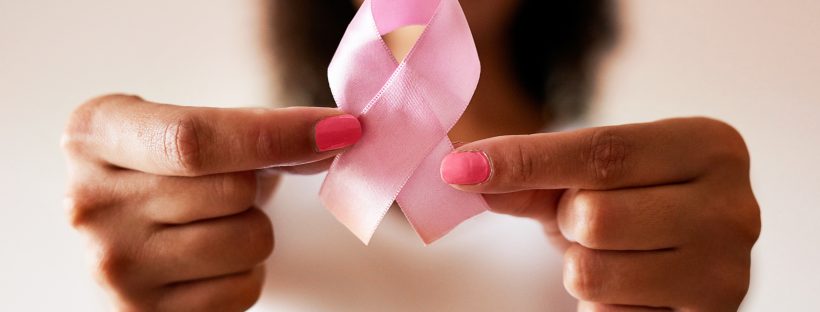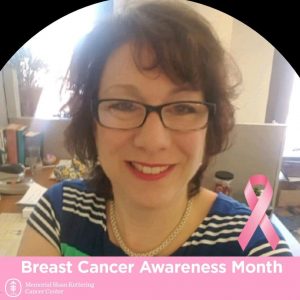The following article was written by Excellus BlueCross BlueShield SafetyNet Medical Directors Sudha Bakshi, MD, and Saba Abaci, MD
Often when patients are given a new prescription medication, they wonder why it’s being prescribed, how often they should take it, and what side effects to expect. Taking a medication as prescribed, also known as medication adherence, is especially important for prescription medications designed to treat mood disorders such as depression or anxiety. Questions about these medications are common, and it’s important for you, if you do have questions, to get the answers you need.
Start the Conversation
If you have questions about prescription medications for mood disorders, having a conversation with your health care provider is the right place to start. Your provider knows you and your medical history best and can determine if any symptoms you are experiencing are indicative of a mood disorder. Common symptoms of mood disorders include extreme sadness, loss of enjoyment, changes in sleep, changes in appetite, and difficulties with motivation and attention. Often, these symptoms are severe enough that they impact a person’s ability to function effectively in their daily lives. The goal of mood disorder treatment is to help improve those symptoms and, sometimes, that treatment involves prescription medications.
Being on a prescription medication, and for how long, depends on the condition you are experiencing. There are different medications for different diagnoses. Your provider will work with you to develop the course of treatment that is right for you. For example, the typical recommendation for depression is to take the prescription medication for nine months to a year. Some individuals may need to take medication longer.
Ask Questions and Speak Up About Side Effects
It is very important to take medications for a mood disorder exactly as prescribed. Before leaving your provider’s office, make sure you know how to take the medication safely, including the correct dosage (how much) and frequency (how often). It is also important to ask about potential side effects you may experience while taking the medication.
Side effects have been cited as a reason people stop taking their prescribed medications. Depending on the medication, side effects may include changes in sleep, appetite, mood, anxiety, energy, and sexual function. Talk with your provider about any changes in behavior or physical symptoms that are new and/or difficult to manage while taking a medication. It is also important to be aware of the Food and Drug Administration (FDA) warning of a new and sudden onset of negative or self-harming thoughts. These can be addressed by your provider and may require changes in the medication or dosage.
Keep the Conversation Going
After starting a medication for a mood disorder, you may not feel better right away. Mood disorders impact the neurochemical nature of the brain over time. Therefore, typically, you’ll need to take your medication for four to six weeks before your provider can assess your true response to it. However, for some, there can be a reduction in symptoms within the first two weeks. Taking your medication as prescribed can help you better manage your condition.
As your treatment continues, your provider will continually monitor and evaluate your progress. If you have additional questions or concerns related to prescription medications, talk with your health care provider.
For more help with taking medications, visit ExcellusBCBS.com and click on the “health and wellness” tab in the menu.


